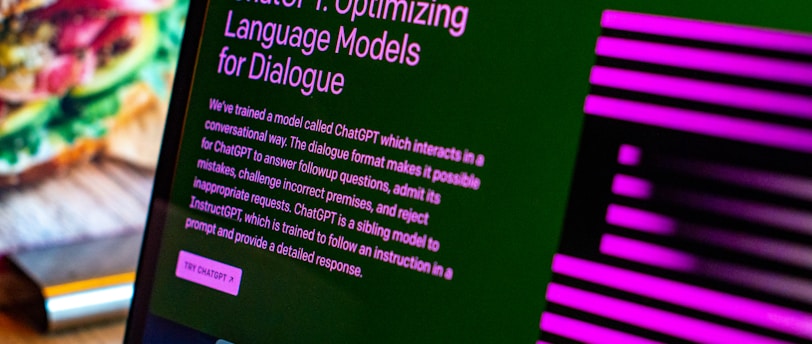Reflection on GenAI in Education
EDUCATIONAI
1/28/20251 min read


Learning methods vary significantly across different levels and disciplines. Learners need to understand their learning objectives to effectively acquire the knowledge. While Generative AI (GenAI) can play a role in education, its successful integration depends on aligning with the matrices of those objectives. This doesn't necessarily require overhauling existing learning theories. There are many ways to incorporate AI without fundamentally changing how we learn. However, it is important to recognize that AI in education extends beyond just using GenAI tools. Learners should understand that these tools rely heavily on large datasets. Developing technical skills in mathematics, statistics, and programming can empower learners to understand the process of GenAI. This deeper understanding can transform them from passive users to active contributors, and even critical thinkers (integration in Paul-Elder Critical thinking model is possible) in the development and evolution of AI technologies which can help to solve many common problems. Perhaps, human unwilling to adapt with GenAI because they don't understand, and lack of knowledge about AI creates uncertainty. Ultimately, feedback for learners remains essential in any learning environment, whether it comes from formal evaluations, rubrics, or expert opinions. If feedback can be automated as self correcting mechanism using AI, it will accelerate learning process in the classroom and teachers can be the important, active contributors in this learning environment.
*This opinion is based on author's participation in Generative AI in Education course, University of Glasgow (via Coursera).